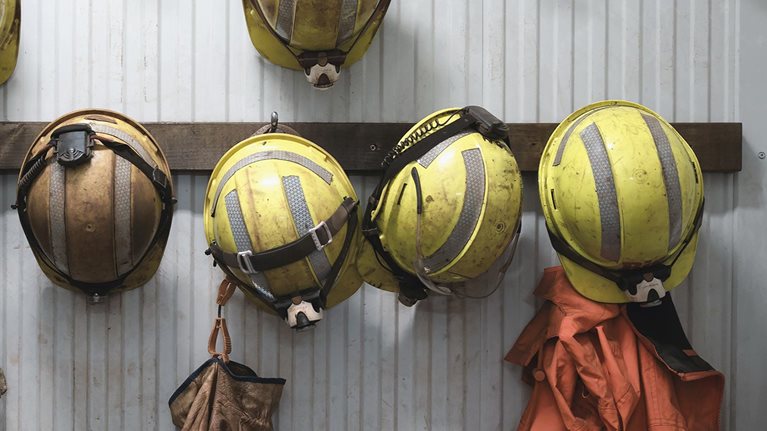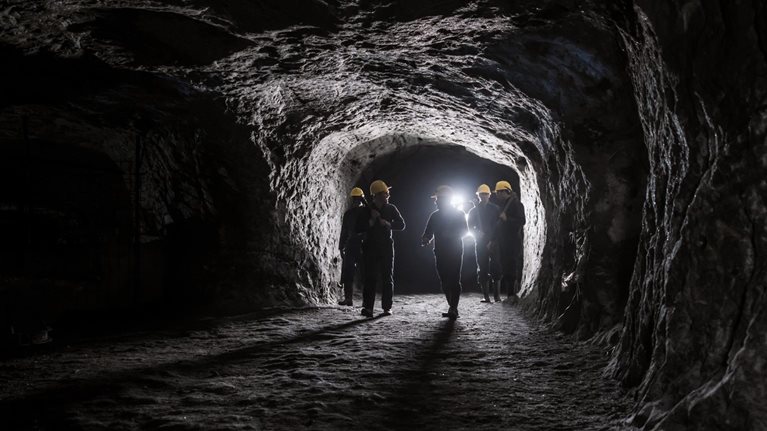With demand expected to increase from 2.2 million metric tons to somewhere in the range of 3.5 million to 4.0 million metric tons by 2030, the nickel market could become constrained. As per recent media attention, when Tesla’s Elon Musk stated that he would award a “giant contract for a long period of time if you mine nickel efficiently and in an environmentally sensitive way,” the nickel world started to wonder if it is possible to meet these criteria.1 The current challenge is to nearly double supply while meeting environmental, social, and corporate governance (ESG) requirements. On top of that, with nickel being one of the most technically challenging metals to process and refine, and every operation being unique, further challenges will also be asset dependent (Exhibit 1). For miners, the type of ore deposit—sulfide or oxide (or laterite, further subdivided into saprolites and limonites)—defines the whole value chain. Depending on the specific circumstances, every mining method, processing route, and type of generated waste will bring its own challenges for meeting ESG requirements. For smelters or refiners, the type of input material and the presence of impurities will determine the use of certain chemicals, and consequently emission of CO2 and SO2 gases. In general, three main aspects will be considered important by electric-vehicle (EV) OEMs: the ability to provide nickel that is clean, Class 1, and easily accessible.

Can the world find more clean nickel for EV batteries?
Despite the EV-battery excitement, 74 percent of the market is today still driven by the stainless-steel industry, while batteries represent only 5 to 8 percent of demand. To make stainless steel, both Class 1 and Class 2 nickel are used. Class 1 nickel2 production sees about 70 percent originating from sulfide ores, which are concentrated, smelted, and refined, and approximately 30 percent from limonite ores, which are leached commonly using high-pressure acid leaching (HPAL). Class 2 nickel is produced from saprolites and limonites, which are popular for their use in the stainless-steel industry due to their iron content and potentially low production costs.
For the emerging EV-battery industry, however, the type of nickel—whether it is Class 1 or Class 2—is of the utmost importance. The quality of the nickel used defines the quality and performance of the batteries. While the stainless-steel industry can, to a certain extent, use a mix of Class 1 and Class 2, the battery industry can only use Class 1. Furthermore, following concerns about the origins of another battery raw material, cobalt, EV manufacturers and their clients are seeking to ensure that the raw materials used in their products are mined and refined in an environmentally friendly manner, with positive impacts on local communities, and with a limited carbon footprint.
Class 1 versus Class 2
The main concern with regard to the quality of the nickel that ends up in nickel-rich cathodes is the presence of iron, though other contaminants such as copper also need to be separated. Class 2 nickel and low-quality mixed hydroxide precipitates are accordingly ruled out—at least with today’s technology. Consequently, at best only 46 percent of the world’s nickel production—Class 1 nickel—can be used in batteries (Exhibit 2), and a scarcity of sulfide deposits is contributing to a looming shortage of Class 1 nickel (Exhibit 3). While laterite deposits are vast, the prospects for successfully developing HPAL at large scale and low cost remain uncertain, given the industry’s track record of capital-expenditure overruns, delays, and inability to reach design capacity. Moreover, construction has been significantly delayed by the COVID-19 pandemic.


The unavoidable impacts of mining, smelting, and refining Class 1 nickel
Leaving aside the impending shortage of Class 1 nickel, mining inevitably has an impact on an asset’s surroundings. The International Council on Mining and Metals (ICMM) has defined a set of Mining Principles aimed at maximizing the benefits to local communities, while minimizing the negative impacts. Although part of this impact will be inherent to the deposit and processing methods, other aspects are somewhat manageable (Exhibit 4).

Sulfide orebodies usually extend in depth but with a limited footprint. The produced concentrates need to be smelted in a process emitting SO2-rich gases, and the refining of smelted products is usually performed by leaching with sulfuric or hydrochloric acid, which can have potential emissions of arsenic, fluorine, and chlorine. In contrast, laterite mines spread out over large areas—often where tropical rainforests grow. The mined laterite needs to be leached and then further refined, typically using sulfuric acid or ammonia. The tailings of such leaching processes can contain heavy metals and iron hydroxides. For many deposits, leaching needs to be performed under high pressure, increasing electricity consumption.
Despite these challenges, certain parameters of ICMM’s Mining Principles are subject to the owner’s chosen approach. The fossil-fuel-powered hauling fleet can be electrified, coal-based power generation can be switched to renewable, and ocean tailings can be dry stacked, to name but a few. Moreover, with regard to social responsibility, mining companies are expected to create a positive impact for local communities through employment, healthcare, and education. Conflict-free and slave- or child-labor-free operations should, of course, be a given and will definitely adhere closely to ICMM principles.
Producers’ ability to demonstrate to OEMs and end users that all ESG challenges related to mining, smelting, refining, and tailings management in nickel production are being addressed throughout the value chain and improved over time will help them to position themselves as suppliers of “clean nickel.” Naturally, those decisions will be influenced not only by reputation, but also by economics: at current nickel prices, the anticipated new supply coming online is still mostly (but not exclusively) expected to operate with current practices, while EV OEMs are expected to increasingly demand clean nickel.
Trade tensions and other geopolitical interests
Beyond technical and ESG considerations, an asset’s location will influence the total addressable market for nickel (Exhibit 5). In a world where companies are pursuing localized supply chains to minimize risks, trade tensions or geopolitical interests may limit an OEM’s ability to source material from a certain country. For example, regulatory changes relating to nickel exports from Indonesia have become a frequent topic of discussion in the sector in recent years, and this raises uncertainty from a supply-chain security perspective. Historical trade tensions and more recent global friction relating to stainless-steel trade, as well as the potential for future trade tensions are adding another layer of complexity for OEMs.

Is there enough clean nickel to power EVs?
Despite being abundant globally, on closer inspection, the world’s supply of nickel suitable for batteries may not be as copious as it first appears. As OEMs start to define requirements in relation to the raw materials they use—quality of the nickel, environmental impacts, social concerns, and geographical issues—the size of the pie will suddenly start to diminish and will be different for each OEM, depending on their own requirements and restrictions. Given these uncertainties and risks, certain OEMs might even want to decrease the dependency on nickel, by preferring lithium iron phosphate batteries for certain models or geographies. Miners, meanwhile, will be facing the challenge of meeting technical criteria and qualifying themselves as suppliers of an increasingly differentiated range of nickel products in terms of their quality and impurities (such that nickel and its products will become less and less a commodity), while simultaneously demonstrating to the rest of the EV value chain that the nickel they produce is clean from both a social and environmental standpoint. Responding to this interest in clean nickel, some junior mining companies have already announced ambitious plans for CO2-neutral production to increase the value of their assets and spark investor and OEM interest. It is now up to the current operators to follow the same trend.


